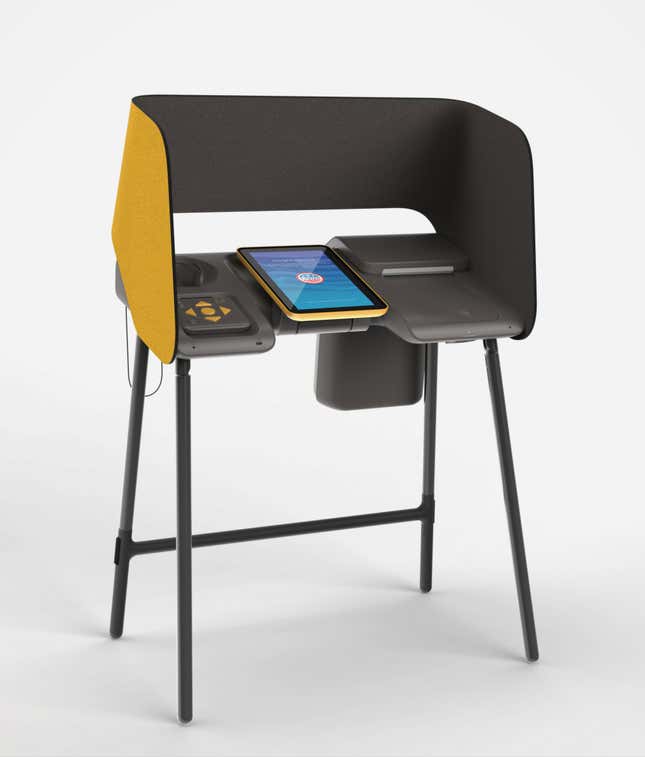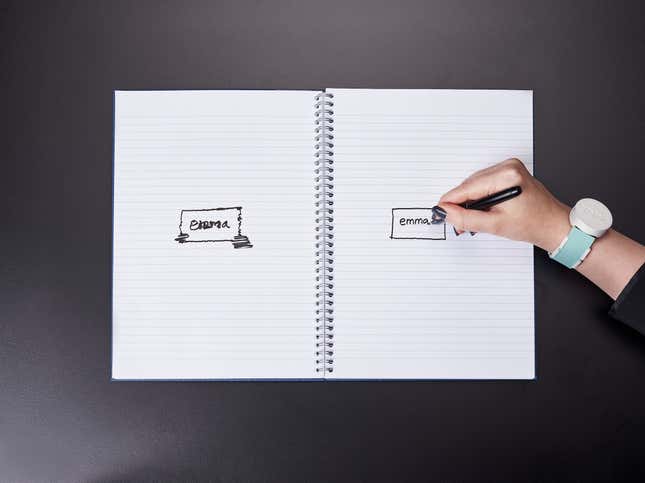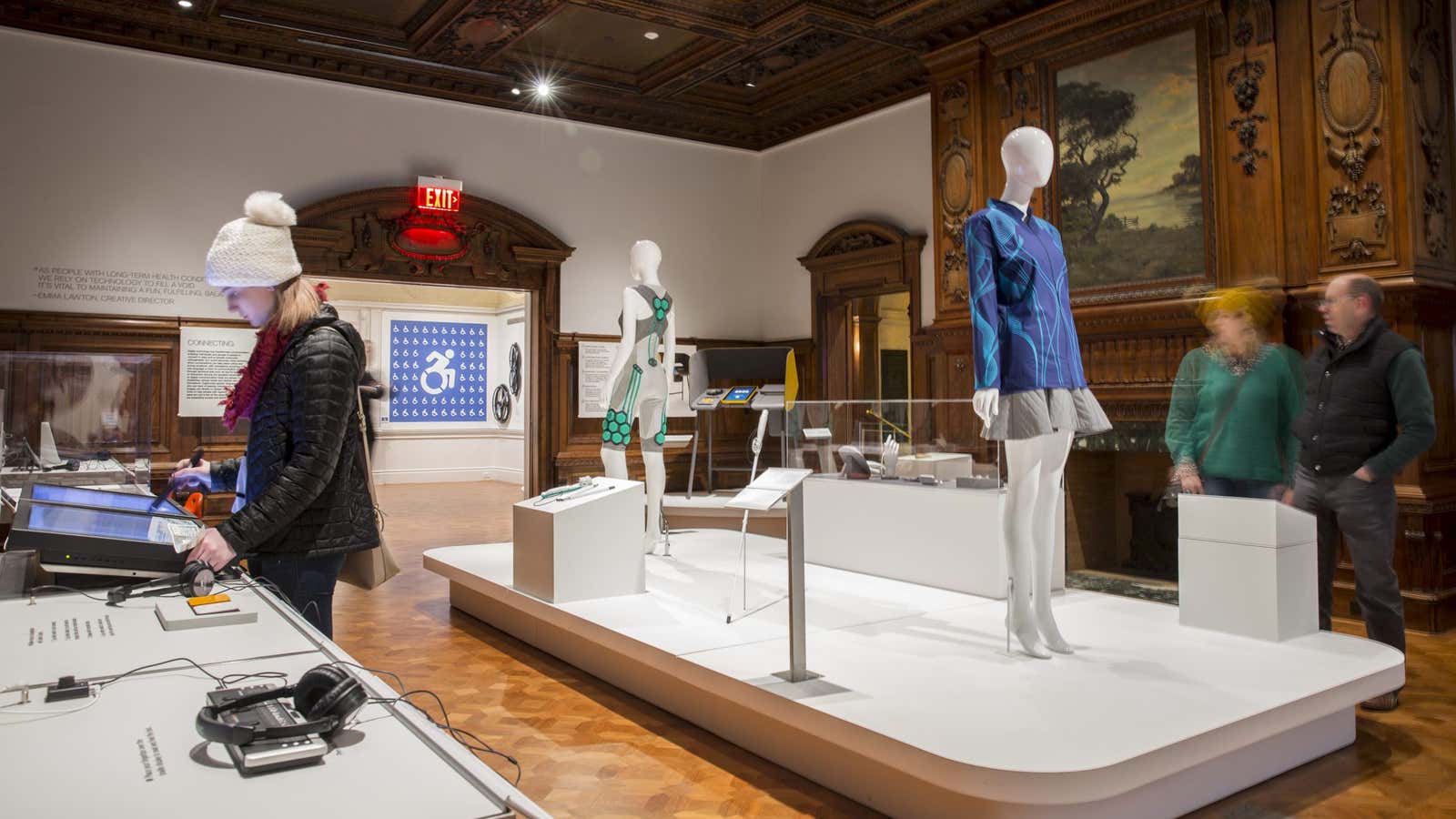It’s only a matter of time until all of us experience some form of physical disability. From needing corrective eye glasses to requiring a cane to move around, we all will rely on assistive technology as we age, if we don’t already.
But until recently, designers have primarily had the able-bodied user in mind when creating products. Most products for aging adults and people with disabilities have been clunky, depressingly clinical, and cobbled together with a “good enough is good enough” design standard.
That’s beginning to change. Access+Ability, a new illuminating exhibition at New York’s Cooper Hewitt, Smithsonian Design Museum showcases more than 70 inventions that collectively recast the dour picture of aging and disability. The designs showcased include a new “active and engaged” symbol for disability access; a BMW “racing wheelchair”; undergarments that give people with joint ailments a muscular boost through built-in power packs; and fashionable prosthetic leg covers. Through the eyes of these designers, the future looks active, inclusive, super-human, and even sexy.

The exhibit’s co-curator, Cara McCarty, says there’s been enormous progress in the field since she last curated a survey of accessible design for MoMA, titled Designs for Independent Living, in 1988. “It’s interesting to see this 30-year arc,” she says. “All these digital products weren’t even possible, because the technology didn’t exist at that time.”
It’s not just digital innovation that stands out: A colorful collection of walking canes testifies to the breadth of innovation, even in this simple analog device. Cheerful walking sticks designed by the late architect Michael Graves have ergonomic rubber handles and a foot mechanism that helps the user retrieve a dropped cane without bending down. The handsome Ohmu cane has rubber insets that so users can “park” it against a wall. The slim IQ stick is made of carbon fiber and has a built-in bulb to illuminate the user’s path, or allows it to be easily located in a dark room. The SmartCane from India has a superior sensor that alerts the blind about overhead obstacles ahead of them. The $70 white cane can be folded to fit a handy case. These aren’t your grandfather’s walking stick.
There are still many facets of daily life that need to be redesigned. A limited understanding of what makes a truly accessible toilet, for instance, creates daily indignities for overlooked populations. And in the field of UX design, creating intuitive and legible interfaces for aging eyes or people with physical or neurological disabilities remains an unrealized goal.

From her research and the early response to the exhibition, McCarty says that there’s a strong momentum that’s bolstering the field of accessible design (also known as “inclusive” or “universal” design) today. The 1990 Americans with Disability Act (amended in 2008) that prohibited discrimination against people with disabilities was a spur to creative, entrepreneurial thinking in the area.
“What’s really heartening is that companies and schools now have accessibility programs,” she adds. Among the noteworthy vignettes in Access+Ability is a closet of prototypes created by students from top US design schools.

McCarty, who leads the curatorial department at Cooper Hewitt, says the product showcase is part of the museum’s grand ambition to erect a model institution for accessible design. The museum is currently reviewing things like the wayfinding and signage system and updating its website to be accessible to anyone with with visual impairments or aging eyes. With the US’s rapidly aging population in mind, Cooper Hewitt hopes to serve as a source of ideas for organizations. “As the nation’s design museum, it really is our responsibility to help push this important thinking,” says McCarty.
The exhibit, which runs through September of 2018, is a must-see for all designers and decision makers in charge of creating products and policies. Access+Ability offers a capsule catalogue of audiences, materials, and issues that are often overlooked in design cycles, and could add nuance to the designers’ imagination in this area. For the general audience, Access+Ability offers hopeful evidence that good design has the power to alter our fragile destiny.
